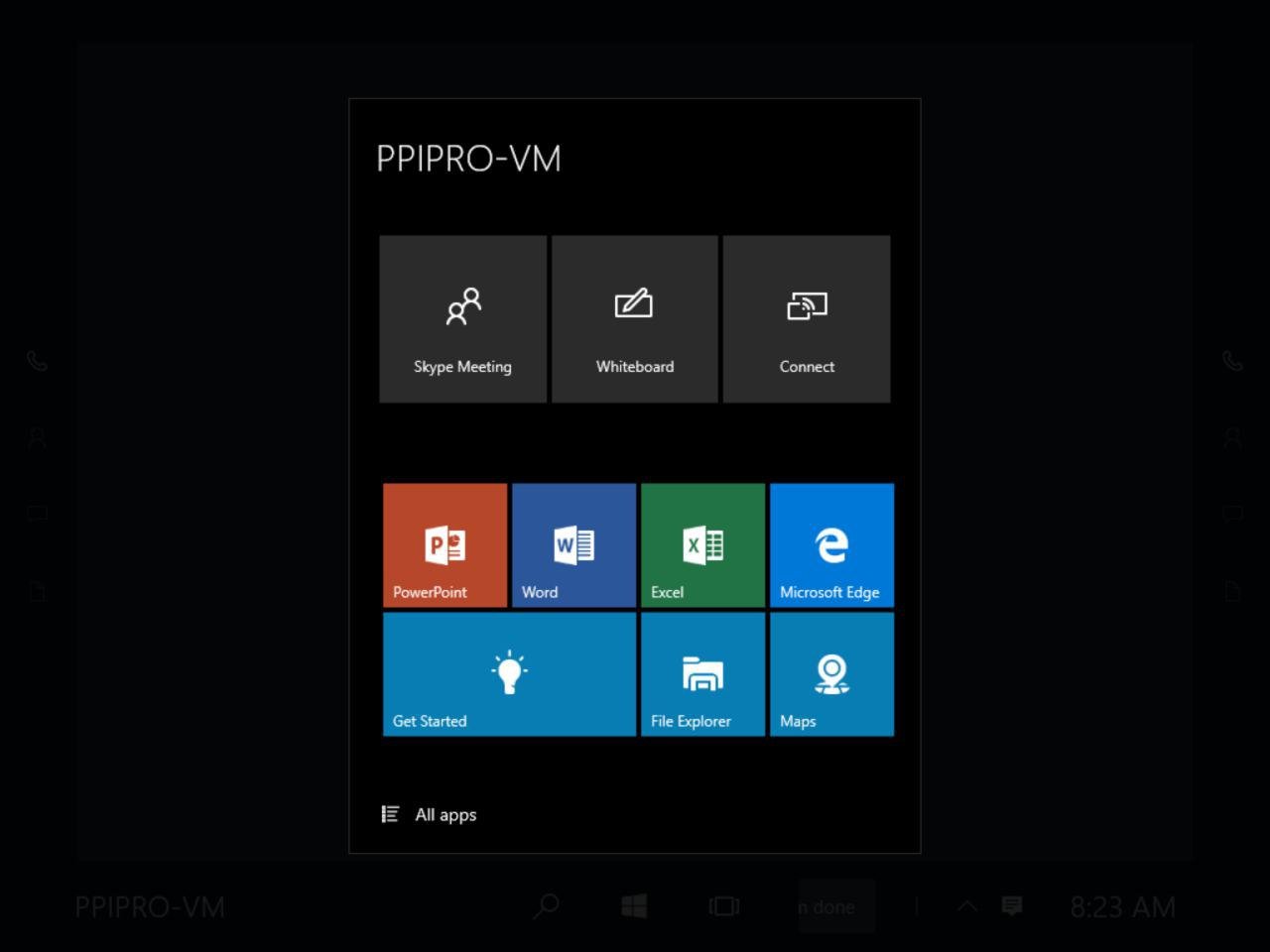

You notice RTools location in not in the Users Path variable but under a separate User Variable Pymc3 will not work correctly with this version. RTools is also based on MSYS2 with gcc-8.3.0 version. Hence you see that under my User Variables there is a “RTOOLS40_HOME” variable. If you are a R user like I’m using both R and Python for advanced analytics, making these changes in System Variables will mess up detection of your RTools by R/R-Studio.

Make it only in the User Variable and I will explain why. Note - Do not make this change in the System Variables. Path in step 5 should be 1 and path in step 6 should be 2. Next add the path “C:\msys64\usr\bin” and move it just under the previous path. Add the path “C:\msys64\mingw64\bin” and move it to the top. In the top part of the window meant for “User Variables” select “path” and then click on “Edit” button. Once installation and post installation activities are completed do the following (You may need Admin level rights) - Search for Edit System Environment Variables. Setting up Compilers using MSYS2 (current 11.2.0)ĭownload MSYS2 from here MSYS2 and follow the instructions exactly as given.
#Properly install anaconda windows 10 windows 10
Here are the set of instructions that worked for me in getting Pymc3 working on Windows 10 and Anaconda. Assumes you know the risk of playing with open-source tools Assumes you are going to do a fresh install. Assumes you will not try to fix an existing installation of Pymc3. Or a working install would break with package upgrades!!! My instructions are geared towards a beginner/intermediate level user in setting up these tools and environments on Windows. When they were available, say via Anaconda or Cygwin or Mingw or MSYS2, configuration was a nightmare. Often this was due to the lack of consistent compilers being available on Windows. I’m a user of Pymc3 on Windows 10 using Anaconda and for the longest time that I can remember, it has been incredibly frustrating to get Pymc3 working correctly.


 0 kommentar(er)
0 kommentar(er)
